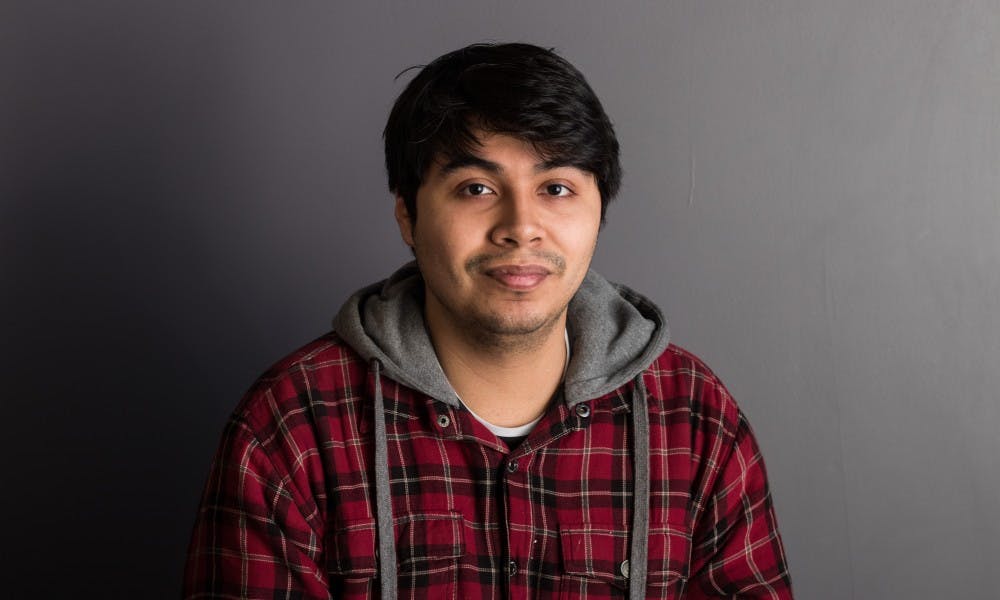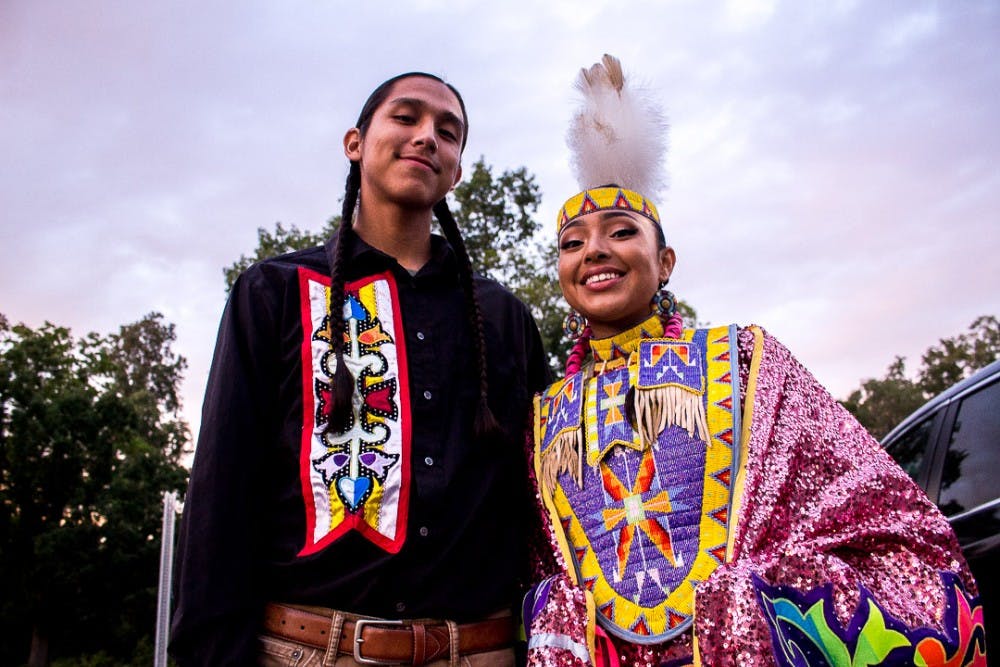
For half a century, marginalized communities at Michigan State have been calling for more inclusive spaces to be added on campus.


For half a century, marginalized communities at Michigan State have been calling for more inclusive spaces to be added on campus.
A recent bill, passed during the Associated Students of Michigan State University, or ASMSU's, last general body meeting of the 55th session reignited the conversation to change the location of the Council of Racial and Ethnic Students and the Council of Progressive Students, or CORES and COPS, groups.
With MSU currently undergoing a presidential search, now is the time for systematic change and to begin the newest chapter in an ongoing fight for a more inclusive and diverse university.
Why this building is needed
Although there have been great strides over the years to make sure CORES and COPS groups here have their own spaces here on campus, little attention has been paid to the optics of where they are placed.
All CORES organizations are currently housed in basements.
The way CORES and COPS groups are set up also forces students with more than one marginalized identity — like Afro-Latinx people or LGBT individuals who are also people of color — to pick one or the other.
Individuals from a bicultural background tend to go through "impostor" feelings, in which students feel doubly marginalized by not fitting into mainstream society or either of their identities. This can lead to increased depression and anxiety in African American students, for example, according to the Journal of Counseling Psychology.
A standalone center would promote coalition-building between marginalized communities and give multicultural students the opportunity to identify with all of their backgrounds.
Not only that, but a center would provide an environment for students who don't share these identities to learn about them in a respectful manner, bridging the cultural divide with the mainstream MSU community.
An example of this type of cooperation is found in MSU's James Madison College. The college holds within it a variety of clubs like the Student Senate, College Conservatives, Kennedy Democrats and Stonewall.
These organizations all meet in Case Hall, allowing students to be involved in more than a few clubs all in one central location. This ultimately promotes intersectionality, allowing these organizations to collaborate on events, have better communication and go deeper into discussions.
This needs to be a priority next year
The time for a standalone multicultural center is now. With MSU selecting a new president prior to the Fall 2019 semester, this should be the utmost priority on the agenda of changes.
MSU markets itself on its diversity, yet when students arrive on campus, true diversity is nowhere to be found. Its most active members on the issue are left in the confines of basements, to be sought out by those brave enough to do so.
It is ultimately up to students and faculty to keep the conversation going and push for the university to put the diverse groups that make up its student body into clear view.
Support student media! Please consider donating to The State News and help fund the future of journalism.
The University of Michigan opened its new Trotter Multicultural Center on April 11, putting into question how much MSU values the rich and diverse voices of its students and faculty.
The Wolverines made a multicultural center a priority; will the Spartans?